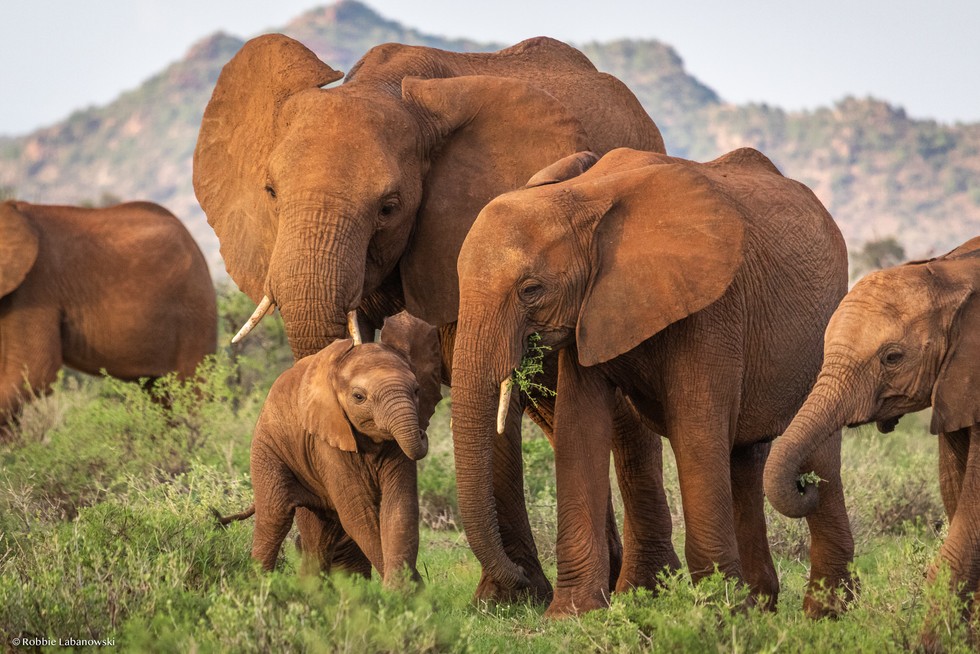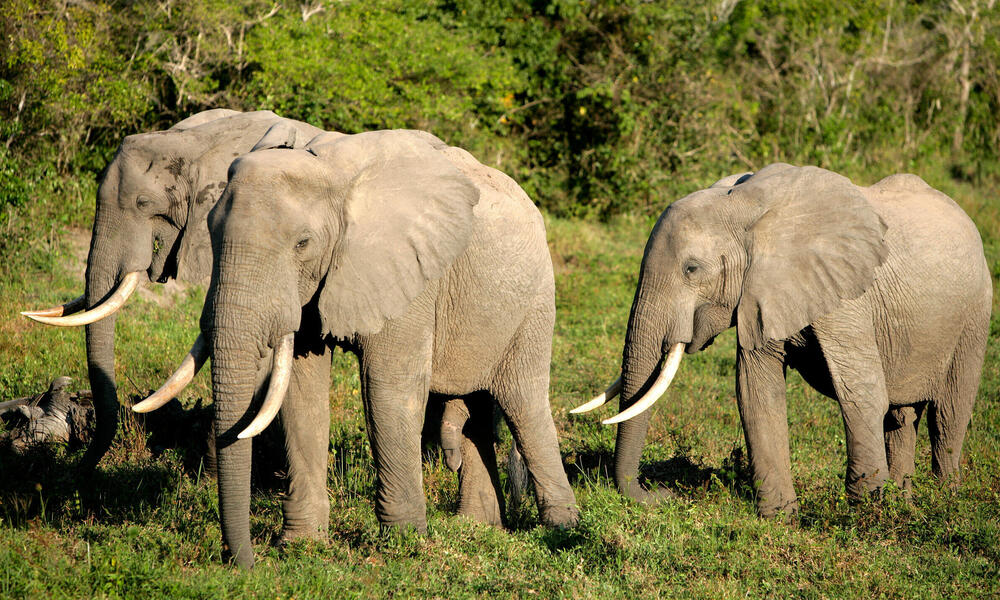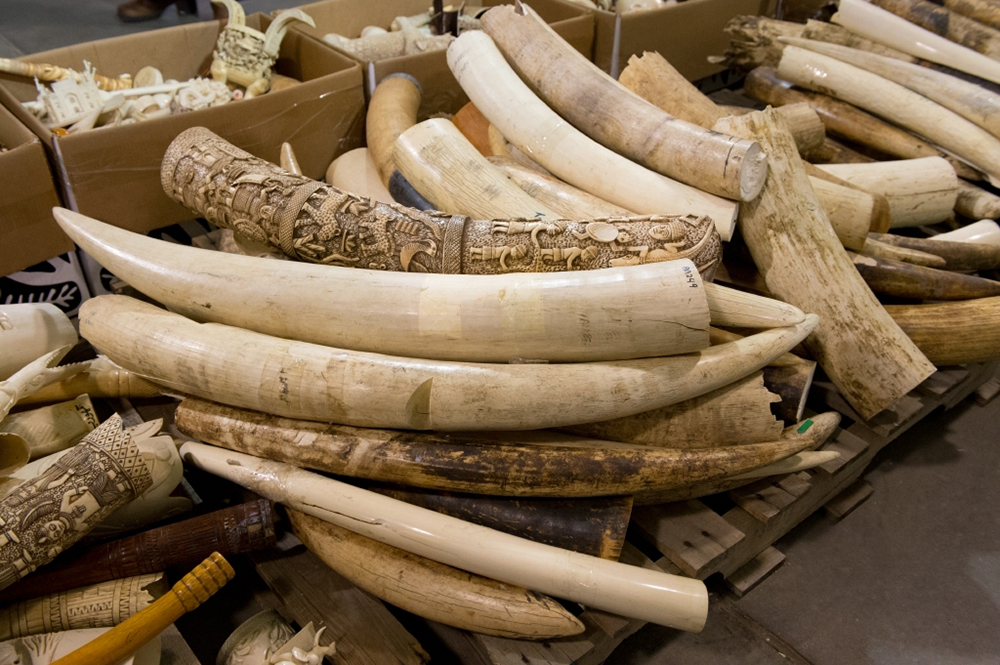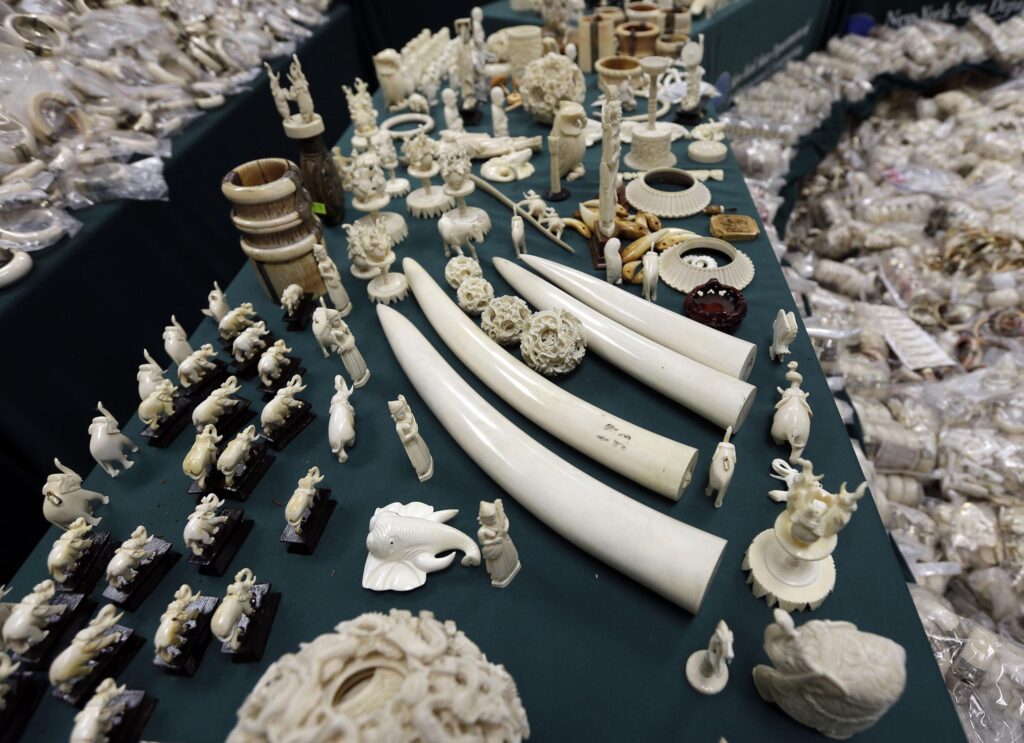“Saving Giants: The Battle to Protect Elephants and Their Precious Tusks”
Introduction:
In the vast landscapes of our planet, a majestic guardian roams—the elephant. These gentle giants, with their awe-inspiring tusks, hold the secrets of an ancient wisdom that has graced the Earth for centuries. However, the beauty of their ivory tusks has become a double-edged sword, drawing the attention of poachers and illicit traders. In this post, we embark on a heartfelt journey to understand the battle to protect these giants and their precious tusks, and why safeguarding their existence is crucial for the world’s delicate balance.
First we’ve to know their are three main types of elephants:
African Elephant (Loxodonta africana and Loxodonta cyclotis):
African elephants are the largest and heaviest land mammals on Earth.
They have large ears that are shaped like the continent of Africa, which helps to dissipate heat.
Both male and female African elephants typically have tusks, although some individuals may be tuskless.
They are found in various habitats across Africa, including savannas, forests, and grasslands.
African elephants live in family groups called herds, and they have complex social structures.

Asian Elephant (Elephas maximus):
Asian elephants are slightly smaller than African elephants.
They have smaller ears, which are more rounded in shape compared to African elephants.
Only some male Asian elephants have tusks, and females usually lack tusks.
Asian elephants are primarily found in India, Sri Lanka, Southeast Asia, and parts of Nepal and Bangladesh.
Like African elephants, Asian elephants live in social groups, but they may also be found living solitarily or in smaller herds.

Forest Elephant (Loxodonta cyclotis):
- Forest elephants are a subspecies of African elephants and are smaller and more compact than savanna elephants.
- They have straighter tusks and more rounded ears than their savanna counterparts.
- Forest elephants are found in the dense forests of Central and West Africa, where they play a crucial role in maintaining the forest ecosystem.
- Due to their elusive nature and habitat preferences, they are less commonly observed and studied compared to savanna elephants.

About Tusk:
Both male and female African elephants typically have tusks, whereas only some male Asian elephants have them, and females usually lack tusks.
Tusks are elongated, continuously growing incisor teeth that extend from the upper jaw of elephants.
Tusks are used for various purposes, including digging for water and food, stripping bark from trees, and defending against predators or rivals.

The Ivory Conundrum:
- One of the most critical issues surrounding elephant tusks is the ivory trade, which has led to a devastating impact on elephant populations.
- The demand for ivory, primarily driven by illegal trade, has resulted in extensive poaching of elephants for their tusks.
- This illegal trade threatens the survival of elephant populations, as it leads to the decline of elephant numbers and disrupts their social structures.
- Governments, conservation organizations, and activists have been working together to combat poaching, raise awareness, and enforce regulations to protect elephants from further harm.

Worldwide population of elephants:
According to the WWF:
There are approximately 415,000 African elephants left in the world. There are around 40,000 to 50,000 Asian elephants left. As previously stated, the ivory trade, habitat loss, poaching and elephant-human conflict pose threats to elephant populations.

Conservation status:
Conservation status of elephants varies depending on their species:
African elephants are listed as Vulnerable by the International Union for Conservation of Nature (IUCN).
Asian elephants are listed as Endangered by the IUCN.
African forest elephants are listed as Endangered by the IUCN.
Conservation Efforts:
Wildlife conservationists have been working tirelessly to protect elephants and their habitats through various initiatives and projects.
Anti-poaching patrols, community-based conservation programs, and the establishment of protected areas have been some of the key strategies to safeguard elephant populations.
International conventions, such as the Convention on International Trade in Endangered Species of Wild Fauna and Flora (CITES), have played a crucial role in regulating the ivory trade and protecting elephants.
One thought on ““Saving Giants: The Battle to Protect Elephants and Their Precious Tusks””
It appears that you know a lot about this topic. I expect to learn more from your upcoming updates. Of course, you are very much welcomed to my website FQ7 about Cosmetics.